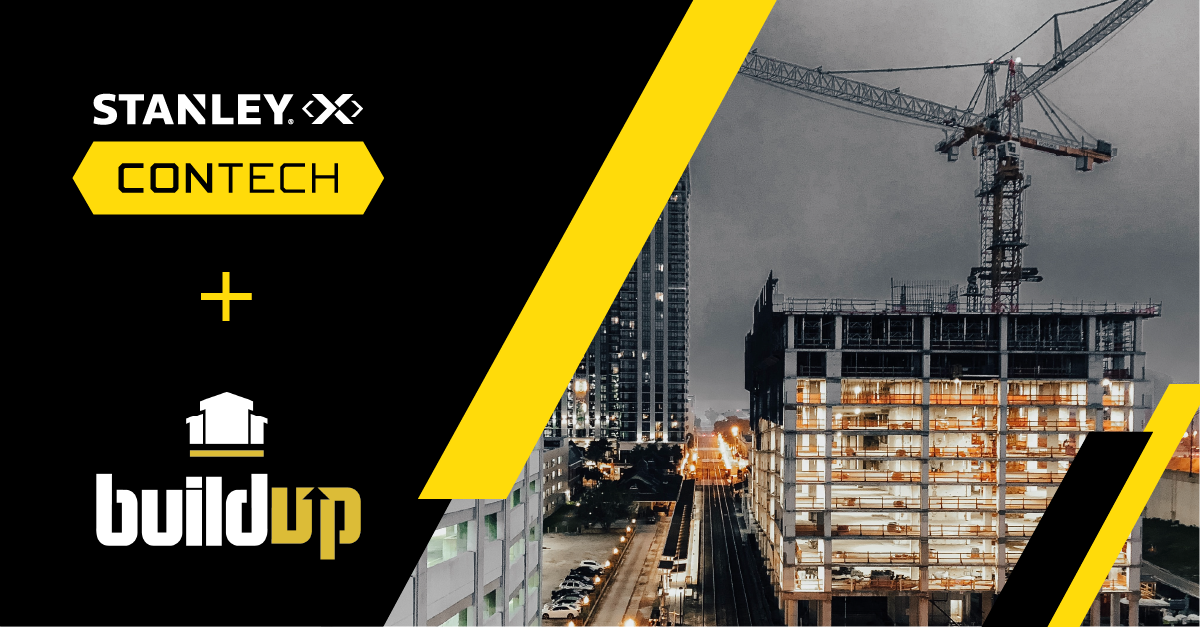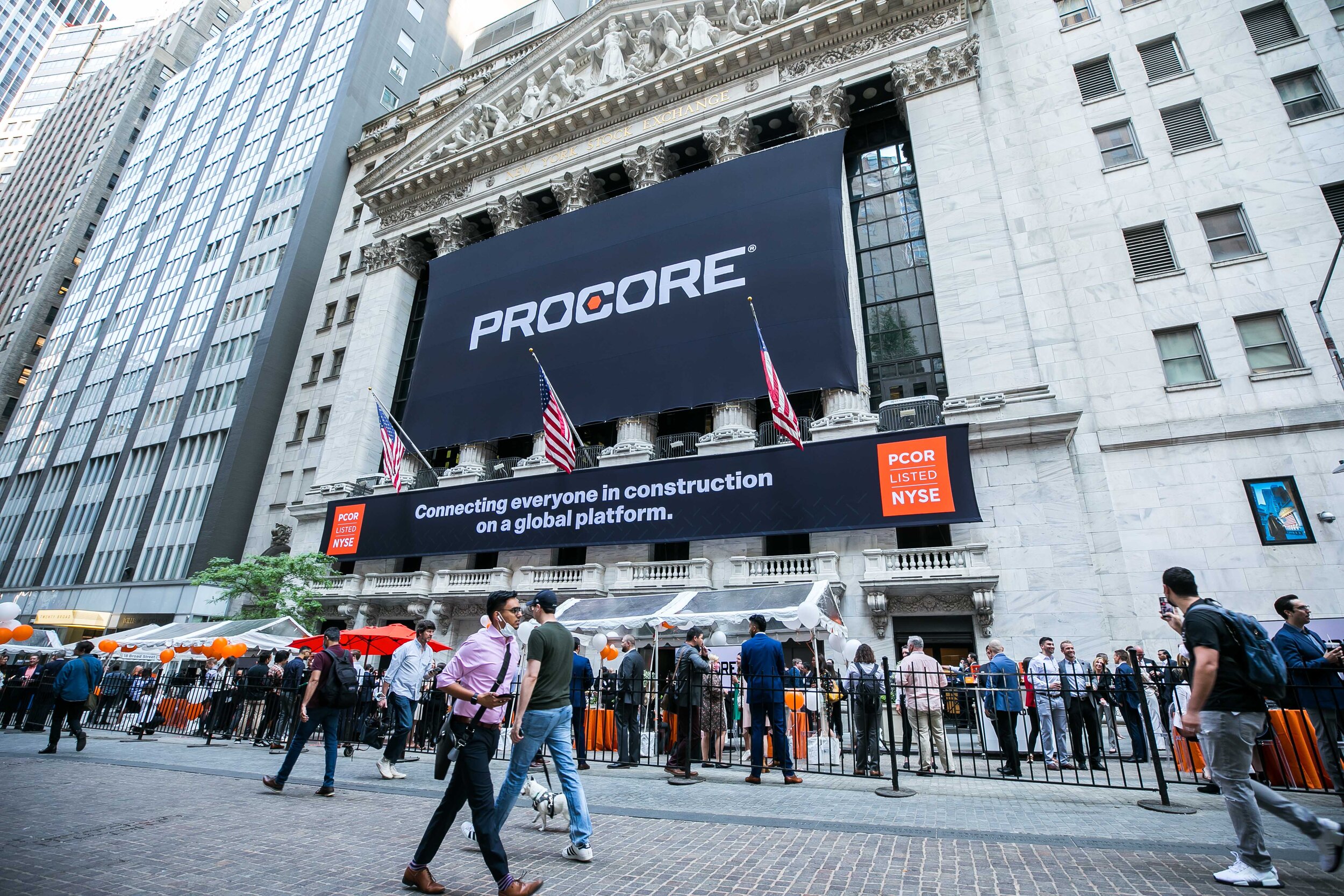Imagine buying a condo for millions of dollars only to find out that the building the surrounds it has sunk over a foot and has tilted 2 inches. You probably wouldn’t feel too good about your purchase, would you? The Leaning Tower of Pisa (or, as I thought it was called when I was 7, “The Leaning Tower of Pizza”) wasn’t supposed to lean either, but they were able to turn lemons into lemonade and make it into a gigantic tourist trap. That’s a luxury that I’m not sure the Millennium Tower in San Francisco has, unfortunately.
Opened in 2008, The Millennium Tower, a 58 story luxury high rise condo complex, is located on the North East corner of Downtown San Francisco. According to the San Francisco Chronicle, the residents have paid anywhere from $1.6 to $10 million dollars for a home inside the building. Curbed reports that San Francisco Giants right fielder Hunter Pence and Hall of Fame Quarterback Joe Montana even make their home there. Unfortunately, after 8 years of being open, the building has reportedly settled 16 inches and even tilted two inches, as opposed to the 6 inches it was expected to settle. From what I can gather from Google Earth (using this handy trick), that 2 inch drop occurs across approximately 419 feet, which is a 0.0397% slope (update: slope percentage was corrected on 8/10/16). Although not an immediate safety risk, it’s definitely a cause for concern, especially in a city with a high risk of earthquakes, like San Francisco.
The building owners, Millennium Partners, have placed the blame upon a giant hole dug adjacent to the property by the Transbay Joint Powers Authority (TJPA) which is the start of a new transit center, according to Curbed. The TJPA, however, has denied any responsibility for the condo’s settling issues and released a two page press release stating their investigation findings. According to the TJPA, the builders of the Millennium Tower failed to adequately support the heavy concrete structure down to the bedrock, around 200 feet below grade. The San Francisco Chronicle reported that the piles were only driven 80 feet down, which the TJPA referred to as “soft, compressible soil,” which is not surprising given the short distance to the shoreline. The TJPA also claimed that, when their work on the new transit center began in 2010, the Tower had already settled 10 inches.
This is all shaping up to be a long and costly legal battle to determine the responsible authority. According to Alex Barthet, a construction lawyer in Florida, “it is never easy to determine fault and who may be accountable for needed repairs. There are latent and patent defects, express and implied warranties – enough legal theories to make your head spin. But if negligence can be shown, everyone from the unit purchasers to the developer may have claims for construction defects. And if that’s not enough to complicate matters, rushing off to repair the problems isn’t without its own risks, legally. It could be a mistake to fix a mistake if evidence is destroyed or if the repairs aren’t handled correctly.”
Anyone getting that sinking feeling?











In the midst of fierce discourse over the bipartisan infrastructure bill lies a unique opportunity for the United States.